
Guide
Make your own art prints
by Pia Seidel

Fancy a change of colour? Perhaps now is the right time to give your home a fresh look. You don't have to repaint all the walls.
I get tired of some things at home. Nevertheless, I don't want to take them straight to a second-hand shop or dispose of them. To give accessories and home textiles a second life, I've found another magic solution: Colour. Almost all materials can be recoloured with the right "mixture".
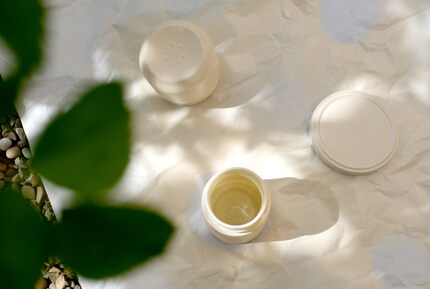
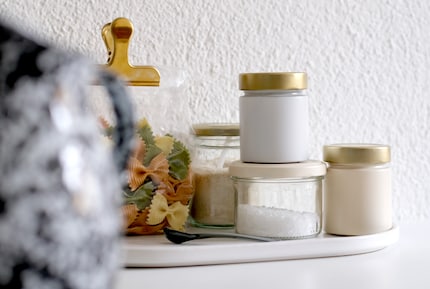
I prefer to spray paint things like metal candlesticks or disposable glasses because it doesn't take much apart from good preparation. To do this, tape off everything that needs to retain its colour and use a base that is about twice the size of your object. I prefer to use cardboard or multi-layered waste paper. Stick to the specified spraying distance and spray outdoors. Also choose a sunny day when it's not so windy so that the paint doesn't land on other things. The drier the air, the better, as the sprayed items dry more quickly. If the first coat wasn't opaque, you can spray on a second coat. I recommend taking a break of around 30 minutes after each coat until the first one is completely dry. This will prevent colour streaks from appearing in some areas.
Suitable surfaces: Ferrous, non-ferrous metals, wood, glass, rubber, ceramics, cardboard, canvas, paper, ceramics, stone, wallpaper and paintable plastics. [[productlist:5904369]]
The more complex the shape of the object, the more likely I would advise you to use a coloured paint. In contrast to spray cans, you can apply it more precisely with brushes. Make sure that you use the right brush for the selected paint to apply the colour evenly. For decorative items that do not come into contact with water, acrylic and gouache paints are sufficient alternatives.
Suitable surfaces: Ferrous, non-ferrous metals, wood, glass, ceramics and paintable plastics. [[productlist:6180000]]
For all coloured lacquers // Acryl- und Gouache-Farben
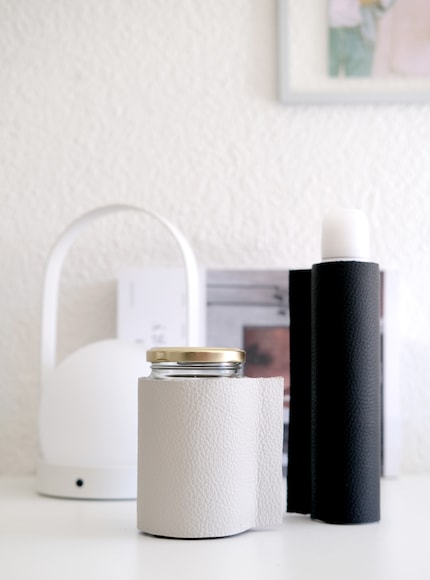
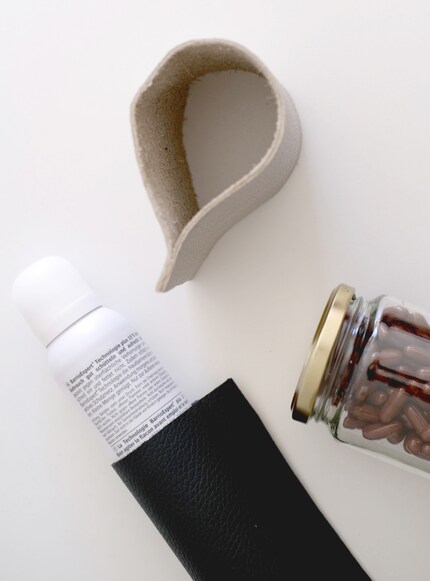
Unattractive packaging for everyday items is a thorn in my side. This includes vitamin tablets in plastic tins, which I can't hide in the cupboard because I'd forget they were there. That's why I fill them into a storage jar, which I wrap in a "coat" - the new splash of colour. I use fabrics such as felt and imitation leather for this. Both can be used without sewing. All you need for this version is a piece of fabric that is about 3 mm thick. Cut it out so that it completely encases the item and add 2 cm on both sides. The additional four centimetres will later be your gluing surface. Make sure that you leave a little space between the edge and the fabric so that the object can still be removed. After cutting, sew or glue the fabric together at the ends.
Suitable surfaces: Wood, rubber, ceramic, cardboard, paper and textiles. [[productlist:5851162]]
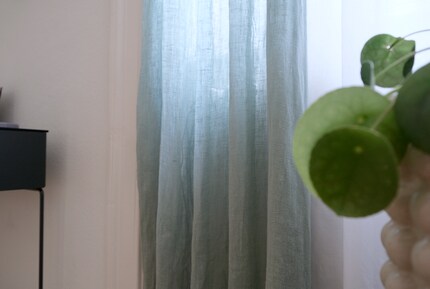
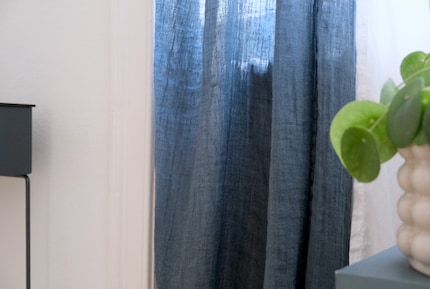
I like to completely re-dye textiles such as curtains with a special colour for the washing machine. Follow the manufacturer's instructions for this variant. You can influence the colour intensity by paying close attention to the gram specifications. The more dye you use for a few grams of fabric, the stronger the colour result. Please note that some fabrics absorb colour better than others. The sewn threads are often made of a different material to the main fabric. So don't be surprised if they haven't taken on any colour after the wash cycle.
Suitable textiles: Cotton, linen, viscose, jute and silk. [[productlist:8726447]]
All textile colours for the washing machine
Screen printing or letterpress printing, which can be done quite simply with potatoes, are suitable for giving home textiles a colourful pattern. If a potato stamp is too small for you, you can also use linol plates instead, which are available in different sizes. Whichever printing method you choose, make sure that you select a machine-washable ink. You can find the stamping instructions in detail here:
Suitable textiles: Cotton, linen, jute, silk, mixed fabrics and synthetics. [[productlist:8055736]]
What do you do to give things a new look? Share your tricks in the comments column.
Like a cheerleader, I love celebrating good design and bringing you closer to everything furniture- and interior design- related. I regularly curate simple yet sophisticated interior ideas, report on trends and interview creative minds about their work.
Practical solutions for everyday problems with technology, household hacks and much more.
Show all